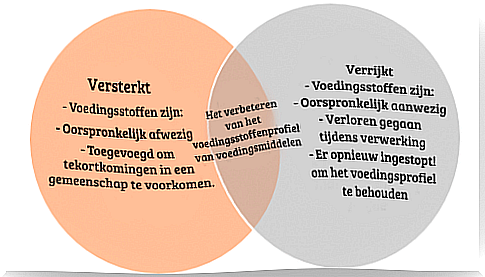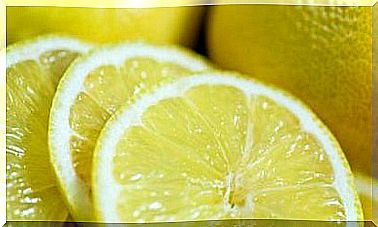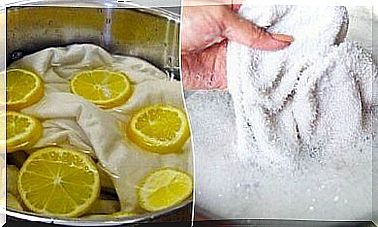Fortified & Fortified Foods: What Is It?

When you read the labels when you go shopping, sometimes you see that a product is either fortified or fortified, and sometimes both. Fine, but what exactly does fortified and fortified food mean? What is the difference between these two terms? Are these foods really good for your health, as opposed to buying products that are not fortified or fortified?
From dairy and noodles to personal hygiene products, there are a variety of products with added vitamins, minerals and other nutrients that make them ‘healthier’. In this article we will tell you what fortified and fortified foods are and the difference between the two.
What is fortified and fortified food?

The World Health Organization (WHO) has published guidelines for fortifying foods with micronutrients. This is a guideline on nutrition from a public health perspective, primarily to provide a practical guide to nutrition-related public health managers.
However, it should also be useful to anyone working to control micronutrient deficiency, including the food industry, and to anyone who needs to implement, monitor and evaluate fortification methods.
According to regulations, the label must indicate whether a product is fortified and fortified. Fortified foods are those to which one or more natural substances have been added.
This may be because the original amount of a nutrient was too low in the base product, or because it is lost during processing.
It is common practice to add higher amounts of micronutrients than in the original product. For example, milk naturally contains vitamin D, albeit in limited quantity. The milk can then be enriched with this vitamin during the processing process.
Wheat is another example, as it loses much of its vitamins during processing. The food industry often uses this method to replenish lost nutrients.
Why should food be fortified and fortified?

The main advantage of fortifying and fortifying foods is that they do not force people to change their eating habits. This is in contrast to other methods that can increase the micronutrient content of a diet.
Fortifying a product helps increase micronutrient intake so that the population does not have to adjust its normal diet. This is good for all walks of life, especially those who live in resource-limited areas.
Examples of the importance of fortified and fortified foods
The decrease in iodine deficiency in several countries is the first success story of food fortification. Iodine is necessary for the formation of thyroid hormones. These are responsible for regulating growth and metabolic processes.
Iodine deficiency can lead to intellectual disability and congenital hyperthyroidism in infants and children. Iodine is usually present in seafood, such as fish, shellfish and seaweed.
People who live near the sea therefore rarely have an iodine deficiency. The first examples of an effective iodine program occurred in Switzerland and in the state of Michigan in the United States.
Folic Acid and Neural Tube Defects
In the early 1970s, the possible relationship between diet and the development of neural tube defects was already clear. This problem affects the proper development of an embryo’s brain, spinal cord, or spine.
In the mid-1970s, this relationship between folic acid and birth defects was the basis for the first clinical studies. These showed that folic acid supplements are an effective way to reduce the incidence of neural tube defects.
Finally, we recommend that you discuss the regular consumption of fortified foods with an expert to avoid an excessive intake.








